College is a time of finding one’s self. A bridge to adulthood, if you will. Nothing teaches you to grow up quite like the unmistakable feeling of waking up nauseous, full of regret, and late for your 9 am class. And that’s just on a Tuesday.

Gif courtesy of tumblr.com
Well, kids, I’m here to tell you that it’s time to grow up. Trade in that cheap beer for a glass of wine and swap out the sweaty dancing for a conversation (at a normal volume). Here’s your guide to embracing (almost) adulthood with a full-blown wine and cheese party.
The key to any good wine and cheese party is the pairings. Wine and cheese are like peanut butter and jelly, cookies and milk, chips and guac. But it’s not that simple. There’s a science behind choosing your wine and cheese, and I’m here to help you make the best choice. Thank me later.
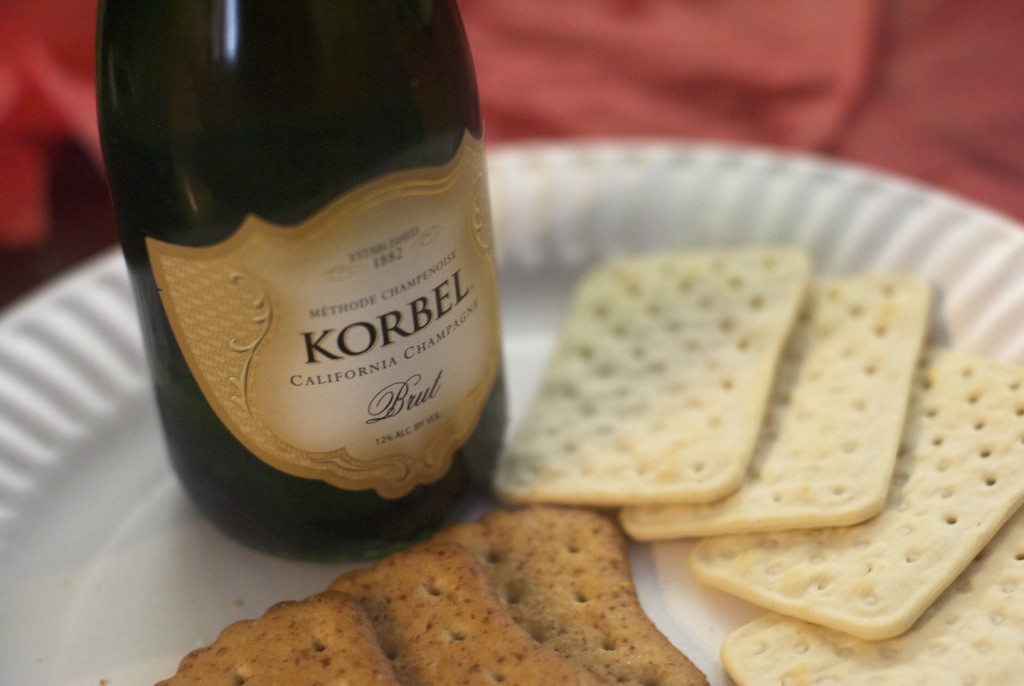
Photo by Jess Lewy
The Cheese
First, let’s go over the different kinds of cheeses. There are tons of types of cheeses, so it’s easy to get overwhelmed in the cheese section of the grocery store.
For starters, if you want your wine and cheese night to cover all the basics, you’ll need a diverse yet classy plate with a variety of flavors. You’ll want to represent, at the very least, these four categories: creamy, sharp, fresh, and flavorful (or smelly, funky, whatever you want to call it).
If you really wanted to get the full wine and cheese experience, you would have a different wine for every kind of cheese. Below are some of my recommendations for the most crowd-pleasing cheeses and their wine partners.
Creamy
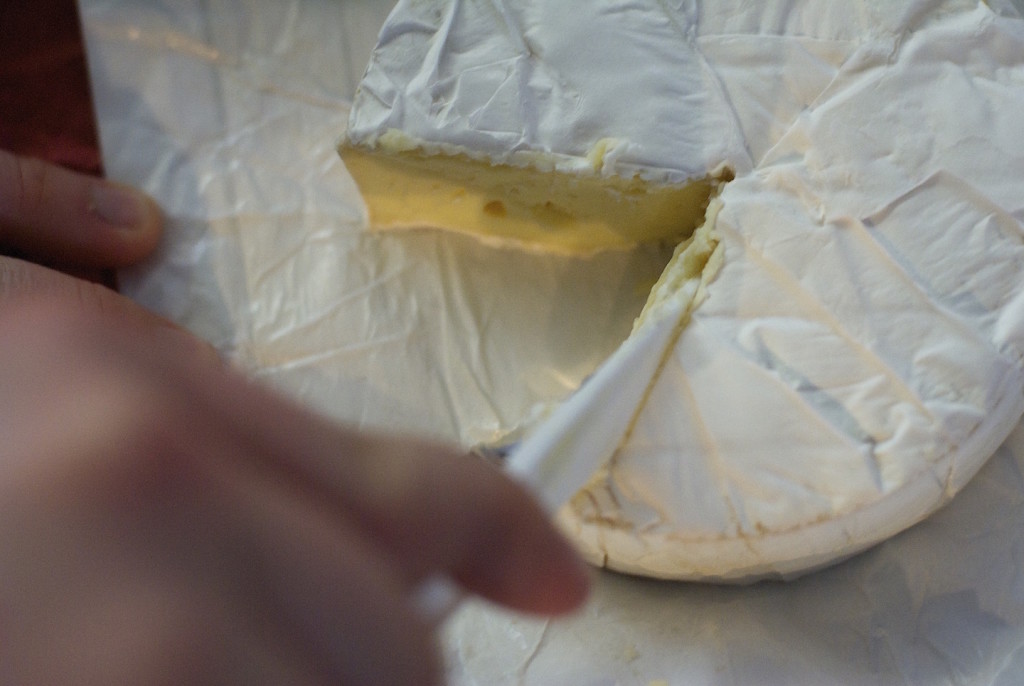
Photo by Jess Lewy
Most people like brie. It’s that simple. Brie is a French cheese (ooh la la) that comes in a white rind and is known for being creamy and relatively mild. You can do tons of things with it, but there’s nothing like the simplicity of brie on a cracker. It also conveniently pairs well with a few different wines, but your best bets are Riesling or champagne.
Sharp
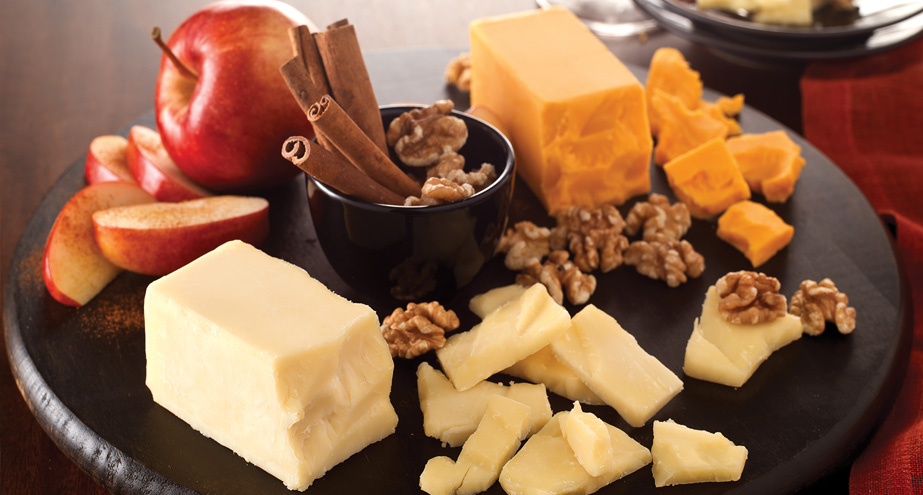
Photo courtesy of crackerbarrelcheese.com
Cheddar is one of the more common cheeses, but it’s far from basic. Get an extra-sharp white cheddar that will pack a punch of flavor, and you won’t be able to stop eating it. Sharp cheddar works best with Chardonnay, but if you go sharper, you may want to try a red like Pinot Noir.
Fresh
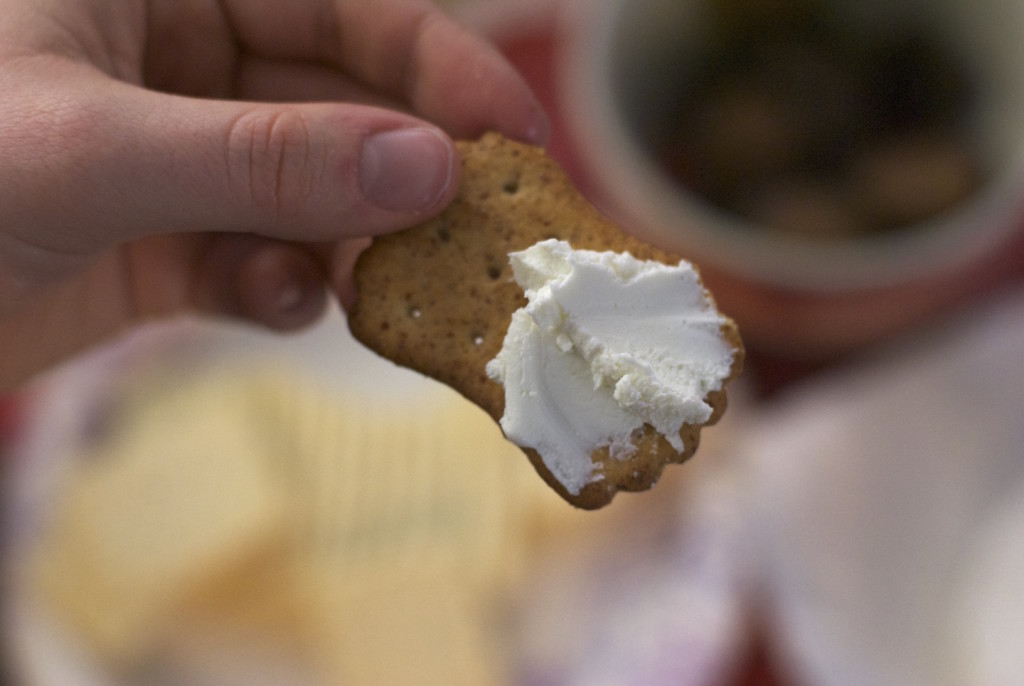
Photo by Jess Lewy
Goat cheese is creamy, spreadable, and quite frankly, addicting. It’s very mild, so there’s nothing not to like. Being a “fresh” cheese, it’ll lighten up your cheese platter for a break from all these heavier flavors. Sauvignon Blanc works well with goat cheese.
Flavorful

Photo courtesy of Flickr.com
Okay, I know blue cheese is not for everyone. It’s got a very distinct flavor that, simply put, is hit or miss. But if you like the flavor, it really will bring a lot to your cheese plate. If blue isn’t for you, pick up a garlic and herb flavored cheese of your choice to make up for the strong flavor. I’d recommend pairing your blue cheese with a Sauvignon Blanc.
The Wine
There are a million different wine and cheese pairings, and I could go on all day about how fresh or creamy cheeses demand a light or acidic wine (whatever that means). But let’s be real. We’re college kids, we don’t have all the time or money in the world, nor do we really care about the legs or tannins of a particular wine.
Generally, white wines pair better with cheeses, but if you prefer red, that will go nicely with the stronger cheeses, from your sharp and flavorful categories. Red wine has a stronger flavor than white, so it needs a stronger partner to stand up to it.
If we’re being realistic, you probably want one wine to go with all your cheeses. My recommendation for you here is to go with a slightly sweet white. You want it to balance your stronger cheeses but also add lightness to the creamier cheeses. For this, Riesling is probably your best bet, with Pinot Grigio coming in second.
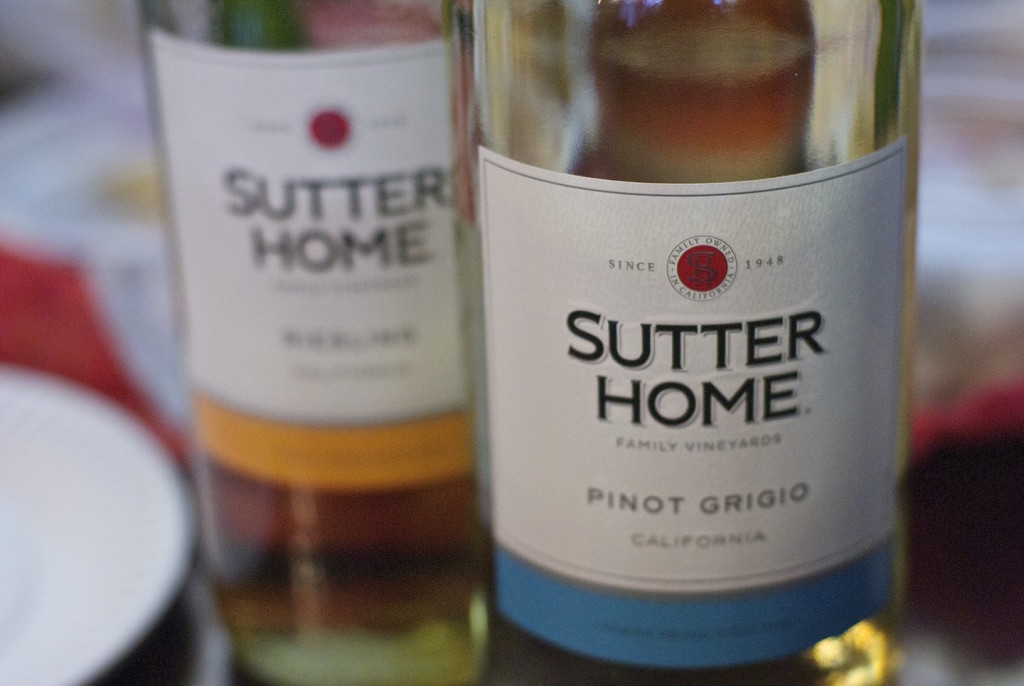
Photo by Jess Lewy
I would ask that you stay away from Three-Buck Chuck and anything that comes in a box, but wine is really about drinking what you like, and everyone is different. If that cheap hangover in a bag speaks to you, then by all means, turn that nozzle and slap that bag all night long.

